Chaco Canyon: A Place Beyond Words
Writing a short blog about Chaco Canyon feels almost impossible. How do you capture a place that fills books hundreds of pages long? A place layered in history, mystery, and silent power? Even today, much remains unknown about the people who built this awe-inspiring center of culture and architecture. But maybe that’s part of the beauty—it invites your curiosity. I hope this short piece does exactly that.
Cindy and I explored just a small part of the canyon over three days and two very cold nights—camping under the stars with four other couples and our tents. We cooked hearty meals together, laughed around the fire, and shared conversations that linger in memory. But we also walked quietly, letting the silence of Chaco speak to us.
The cultural flourishing of the Chacoan people began in the mid-800s and lasted over 300 years. Their “great houses,” such as the monumental Pueblo Bonito, are must-sees for anyone interested in pre-Columbian history, archaeology, or sacred landscapes. If you’re into stargazing, Chaco is one of the few places officially designated a Dark Sky Park—the Milky Way stretches above you like a painted dome. Unfortunately for us, the cold kept us zipped inside our tents. With temperatures well below freezing—way below 32F / 0°C—stargazing had to wait for another visit.
But the daytime hikes made up for it.
Winding through well-preserved ruins and a vast, open landscape, you begin to understand how this place sustained such a complex and organized society. The Chacoans built with a unique architectural style—thick, reinforced stone walls and wooden beams that still stand today. Their buildings, aligned with celestial events, show a deep knowledge of astronomy and a strong connection to the cosmos.
And beyond the facts and features, there’s the feeling of the place. The atmosphere is almost spiritual. It moves you, if you let it.
Whenever I visit ancestral sites—places like Canyon de Chelly, Bandelier, Puye Cliff Dwellings, or Gila Cliff Dwellings—I’m reminded of a book that left a lasting impression: Neither Wolf Nor Dog by Kent Nerburn. In it, an elder named Dan says:
“To us, the land was alive. It talked to us. We called her our mother. If she were angry with us, she would give us no food… We Indians know about silence. We aren’t afraid of it. In fact, to us, it is more powerful than words… Watch, listen, and then act, they told us. This is the way to live.”
Can you enjoy silence?
Can you sit and look out into a vast, ancient landscape—feeling connected, simply by being present?
In Chaco, I think, the silence still speaks. You just have to be quiet long enough to listen.
[caption id="attachment_9559" align="alignnone" width="600"]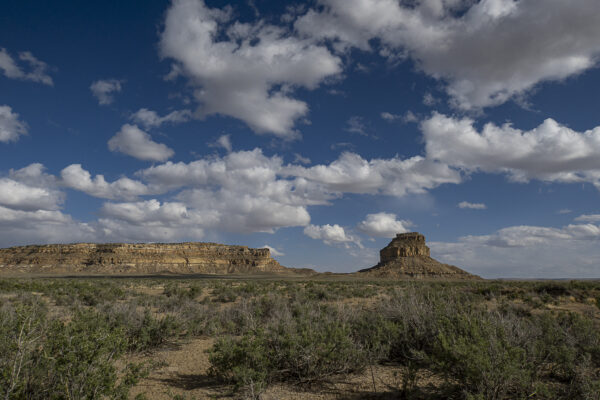 Fajada Butte[/caption]
Fajada Butte[/caption]
[caption id="attachment_9551" align="alignnone" width="600"] Campground[/caption]
Campground[/caption]
[caption id="attachment_9560" align="alignnone" width="600"]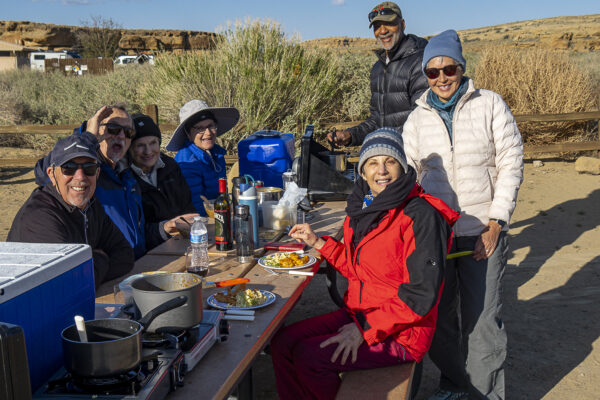 Left to right: Adrian, Vance, Gretchen, Susan, Michael, Sabrina, Cindy[/caption]
Left to right: Adrian, Vance, Gretchen, Susan, Michael, Sabrina, Cindy[/caption]
[caption id="attachment_9564" align="alignnone" width="600"] En Guete – Bon Appétit / Chef Sabrina[/caption]
En Guete – Bon Appétit / Chef Sabrina[/caption]
[caption id="attachment_9545" align="alignnone" width="600"] On our hike, high above the canyon[/caption]
On our hike, high above the canyon[/caption]
[caption id="attachment_9548" align="alignnone" width="600"]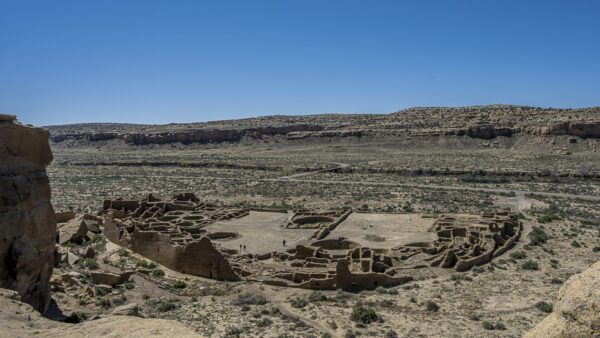 Pueblo Bonito had nearly 800 rooms[/caption]
Pueblo Bonito had nearly 800 rooms[/caption]
[caption id="attachment_9550" align="alignnone" width="600"] Fajada Butte[/caption]
Fajada Butte[/caption]
[caption id="attachment_9555" align="alignnone" width="600"]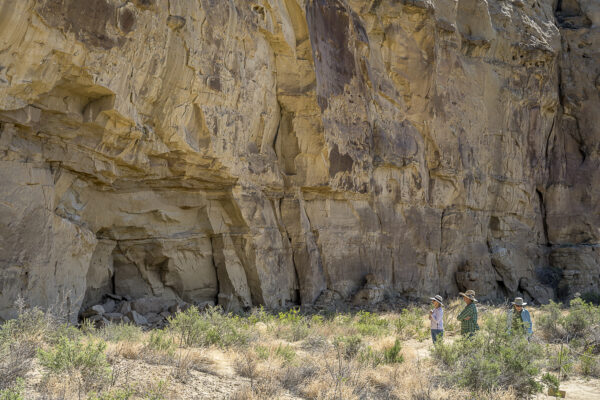 Looking out for Petroglyphs[/caption]
Looking out for Petroglyphs[/caption]
[caption id="attachment_9570" align="alignnone" width="600"]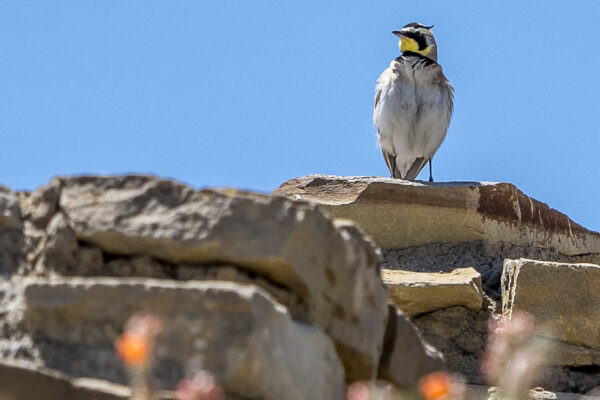 Horned Lark[/caption]
Horned Lark[/caption]
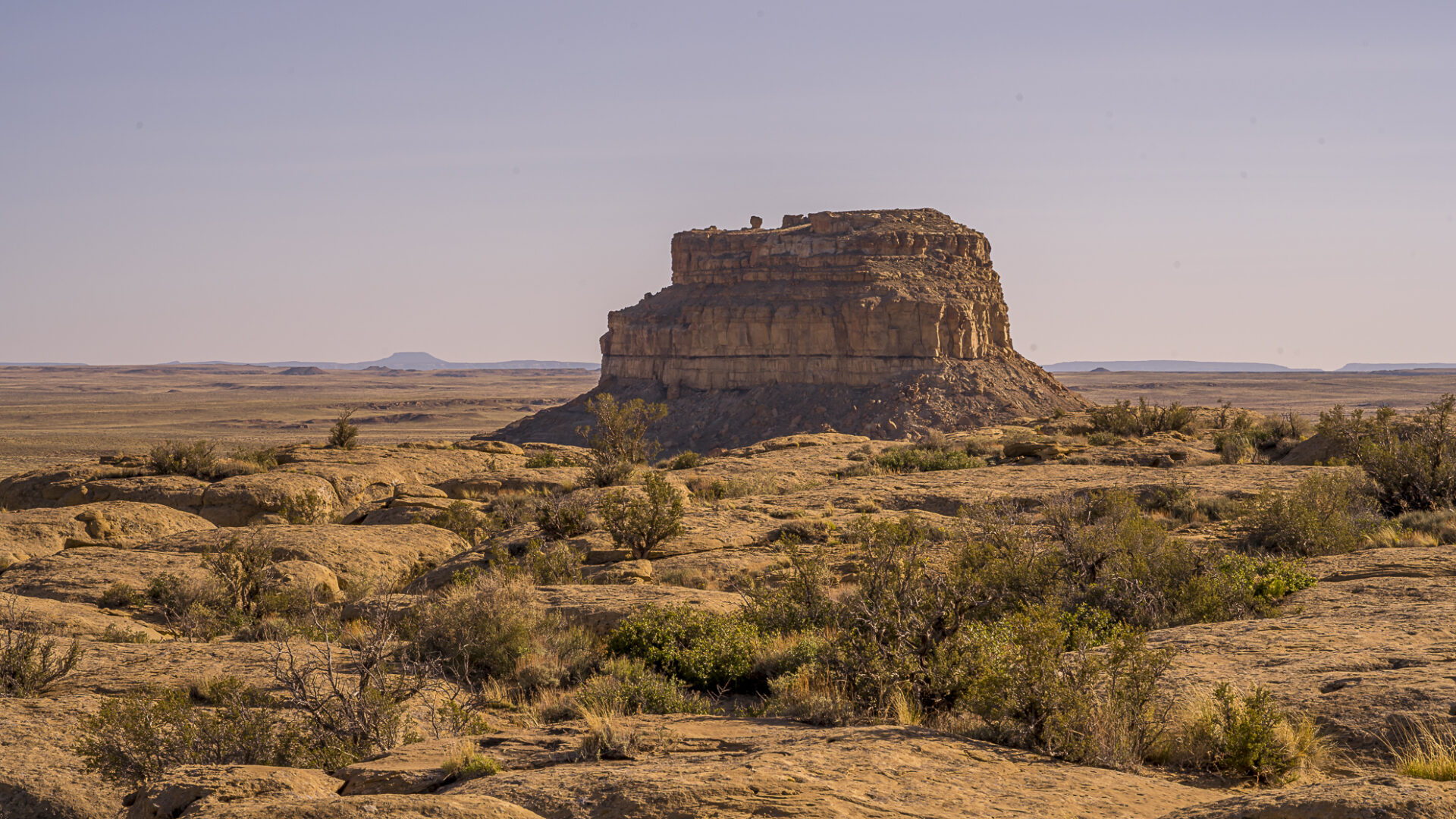
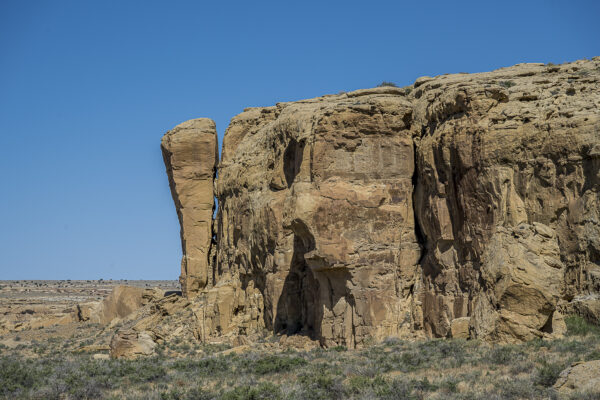
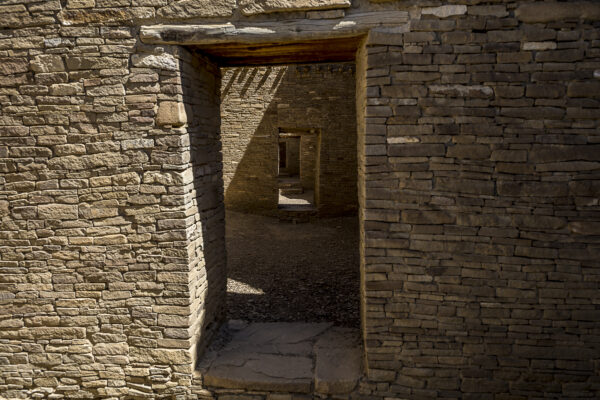
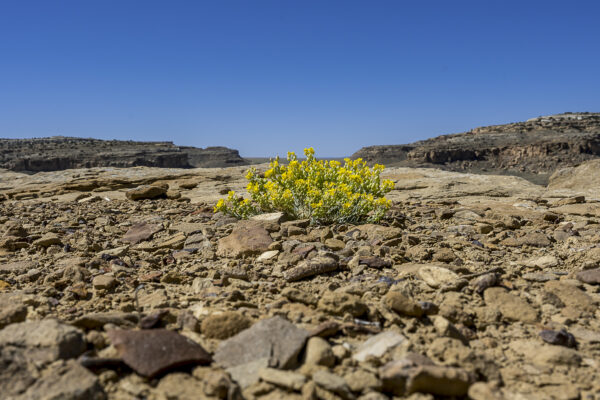
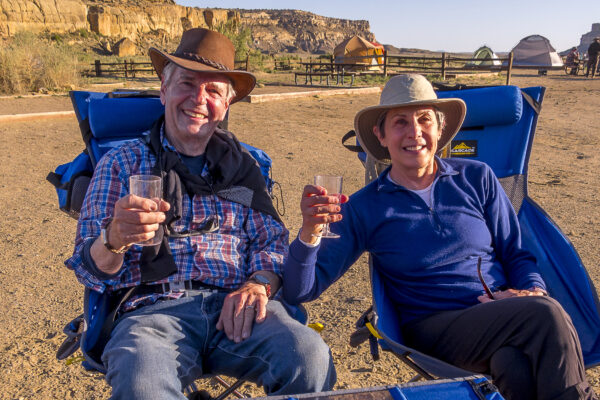
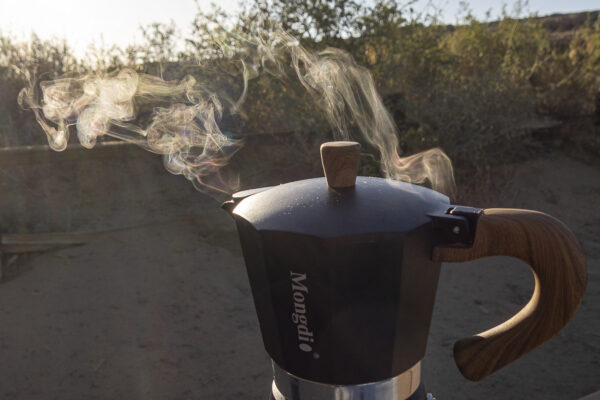
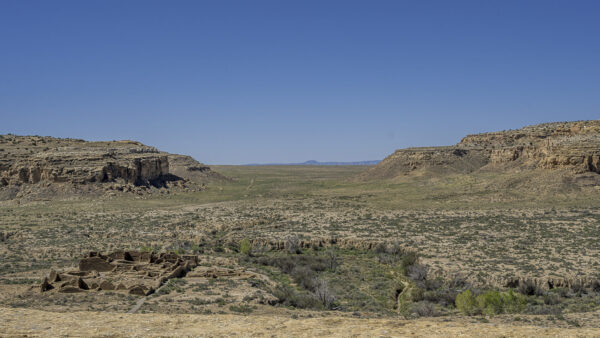
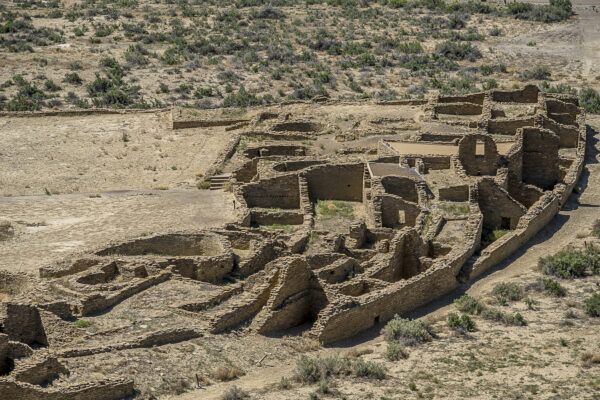
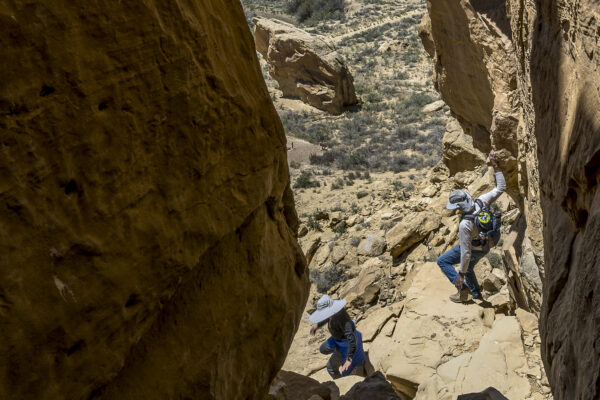
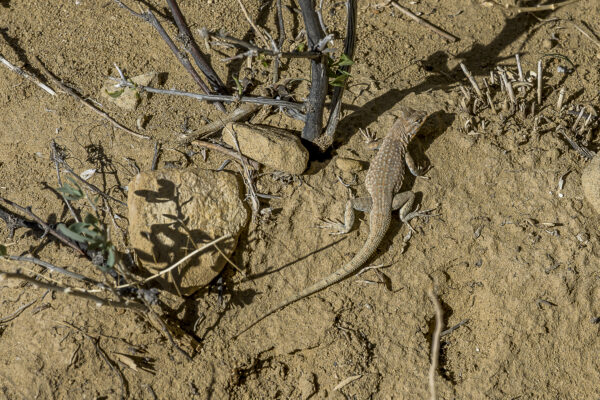
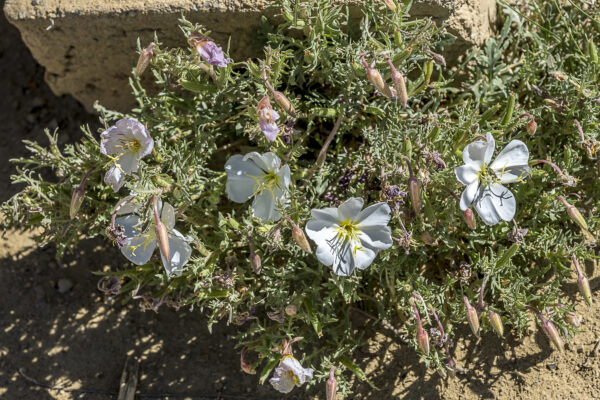
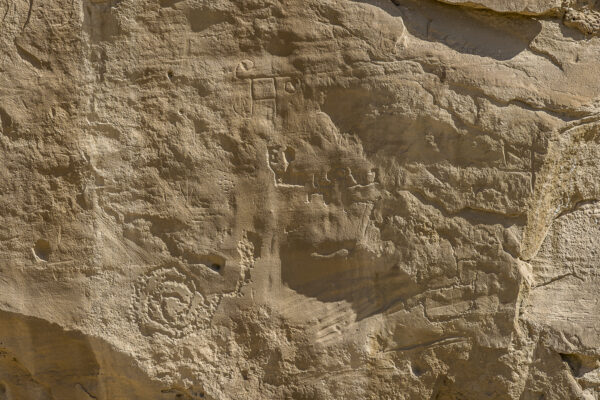
14 Comments